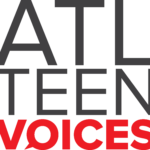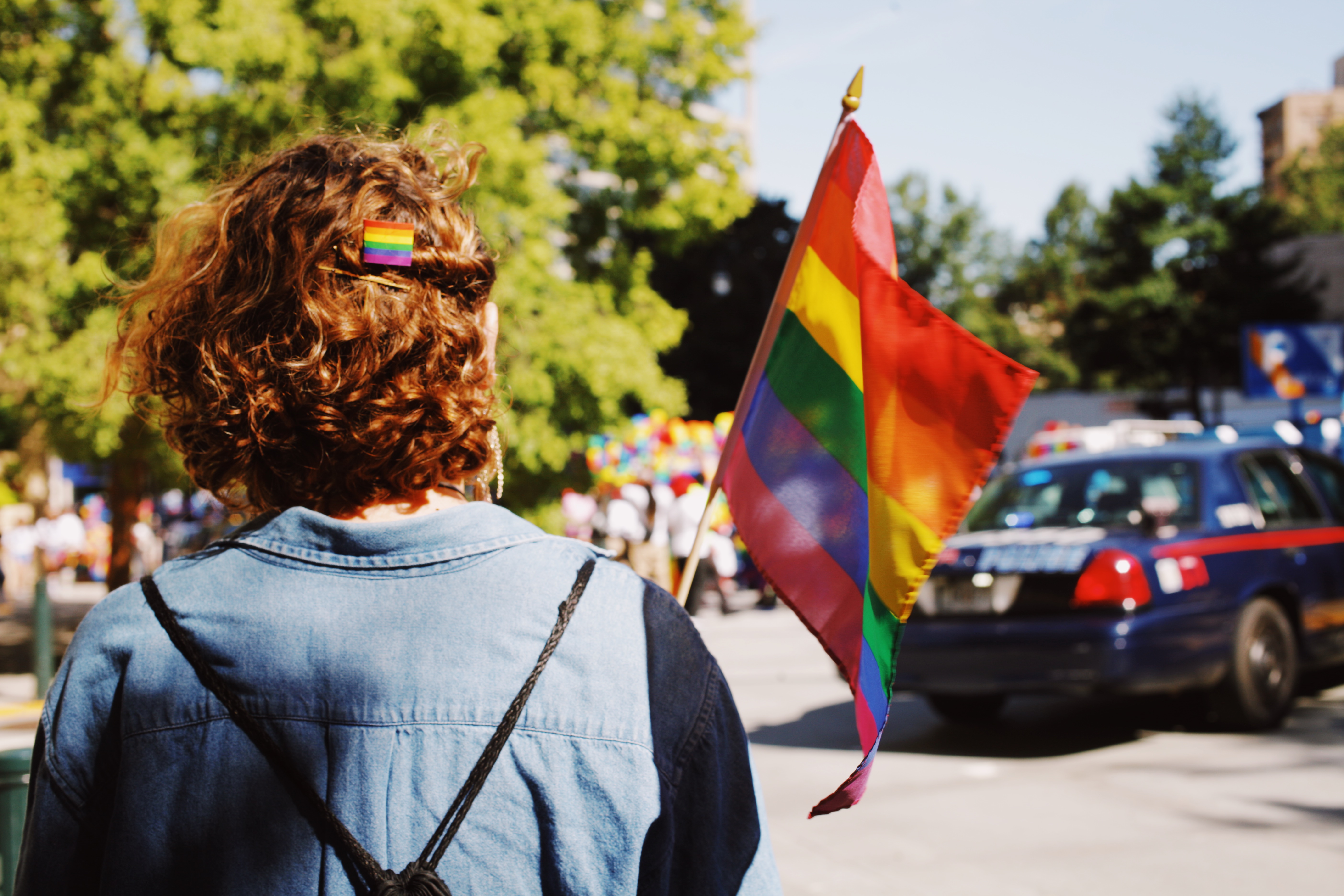One day, I came across an ad on the web for a credit card. But it wasn’t an ordinary credit card. Decorated with the rainbow’s colors, the credit card was part of a special Pride-month collection. Curious, I clicked on the link. Turns out, it was just a normal credit card with a rainbow. I decided to look further. Did this company donate to any LGBTQ+ charities? Was this just a scheme for money? A scam? Alas, I found no answers to my questions.
The card is a perfect example of rainbow capitalism. Rainbow capitalism, which is also referred to as Pink Capitalism, is when a company claims to support the LGBTQ+ community to gain trust and money during Pride month. But outside of Pride month, do they donate to the community?
Rainbow capitalism has a bad habit of taking over Pride month. As author Peter Tatchell from The Guardian puts it, “Pride has sold its soul to rainbow-branded capitalism.” Rainbow capitalism should be stopped unless the companies are willing to support the LGBTQ+ community. More importantly, we need to stop supporting rainbow capitalism until this happens.
In June (or October, here in Atlanta) you most likely will see some companies changing their logo, producing rainbow products, or ending their social media posts with #pride in order to show support. Some companies participate out of care for the community, some out of greed, and some to steer clear of being perceived as homophobic. But why is the rainbow used?
The Origin of the Rainbow
In 1978, the LGBTQ+ community needed a symbol, so Gilbert Baker, flag designer, chose to make the rainbow the design for LGBTQ+ flag. Viewing the rainbow, multicolored and striped like other flags, as a “flag from the sky,” Baker also thought it represented the multiple aspects of a person and community.
The rainbow flag has evolved quite a bit. The first version of the flag had eight stripes, two of which, hot pink and turquoise, were removed to be replaced later with a general blue. In 2016, the flag changed yet again. The catalyst for this change happened when the owner of a popular gay bar in Philadelphia used the n-word. This maddening event brought the marginalization of people of color within the LGBTQ+ community into the light. As a result, the community added black and brown stripes to the top of the rainbow. This wasn’t the end of the flag’s evolution. The flag continued to evolve after 2016, when graphic designer Daniel Quasar transferred the black and brown stripes to a triangular arrow and added three new stripes, pink, blue, and white, to recognize another minority, the trans community. A simplified version of this flag became widely used during 2020’s Pride and could be found in many places, such as YouTube’s logo. The flag is ever-changing — you can’t just box it into a few colors. It’s not the same rainbow; it’s the rainbow of rainbows.
The Rainbow’s Power
The rainbow may be a powerful symbol, but how much can the rainbow buy? The buying power of the LGBTQ+ community is substantial. According to LGBT Capital, the buying power of the LGBTQ+ community is $1 trillion in the United States alone. Surprisingly, only 4.5% of the American population identify as LGBT, yet their buying power is solid. Since the community spends generously, companies gain an advantage when advertising to them and ensure that the community’s allies will buy as well. Adding rainbows to products is a small price to pay for $1 trillion and possibly more.
Who’s Using the Rainbow’s Power?
All sorts of companies, from tech to treats, use rainbow capitalism: social media companies like YouTube and TikTok; big tech businesses, such as Google and Apple; kids’ film and television corporations like Disney and Cartoon Network; athletic clothing companies such as Adidas, Nike, Converse, and Puma; and food companies, such as Skittles, Starbucks, and countless more. Most of these companies end up slapping a rainbow on their logo and calling it a day. The clothing companies end up printing rainbows
Do Companies Actually Care?
It’s hard to tell if a company genuinely cares about the LGBTQ+ community or just wants to exploit it. Often companies just change their logos to rainbow logos. Rainbow washing, the art of lackadaisically throwing the rainbow on everything, only happens during Pride month(s), and so do donations. Fortunately, 64% of companies who change their logos actually donate to LGBTQ+ causes, but this is still not enough. Donations only happen during Pride. If companies cared, if they were real allies, they would support the LGBTQ+ community year-round.
The fact that 36% of companies do not donate to the LGBTQ+ charities is outrageous. These companies claim to support a minority that needs assistance only to gain the trust of potential buyers. To put this into perspective, we have to take a look at the world as a whole. Openly being gay is illegal in 70 UN countries. The United States may not be one of these countries, but that doesn’t mean that homophobia doesn’t exist. Not supporting the LGBTQ+ community isn’t just an optional thing, companies that don’t care aren’t even willing to spare money for a group of people who could be bullied, charged as criminals, or even killed for something they can’t choose.
Thankfully, some corporate allies donate large sums to LGBTQ+ charities and/or include LGBTQ+ people in their content. One example is Cartoon Network, which published several videos during Pride on the topic of pride and has quite a few LGBTQ+ characters in their cartoons. Mojang, the company behind the world famous game Minecraft, also supports the LGBTQ+ community. When it was discovered that Minecraft’s creator Markus “Notch” Persson was homophobic, Mojang opposed Notch’s beliefs, stating, “His comments and opinions do not reflect those of Microsoft or Mojang and are not representative of Minecraft.” While this may appear to be something that companies say to maintain their image, Mojang actually ended up banning Notch from Minecraft’s 10th birthday party.
To Share is to Care
Companies are meant to support people; they provide products to improve the customer’s life and by doing so, a company can grow. Sadly, the LGBTQ+ community isn’t being supported nearly as much as it needs to be. According to The Telegraph, 33% of Gen Z in Britain, a target demographic, identify as a part of the LGBTQ+ community, so as the LGBTQ+ population rises, companies need to learn how to be more inclusive. Companies should put their old manipulative ways behind them and stand up for the LGBTQ+ community, for the sake of the new generation and their own well-being. I personally often find myself falling victim to rainbow capitalism’s tricks, but I’ve been working on finding ways to avoid it. It’s all too easy to fall for rainbow capitalism’s tricks, most people don’t even know it exists. Before buying yourself a pair of rainbow shoes, take a moment to research if the company donates or not. It may seem annoying or time consuming at first, but even these small things can add up and make a difference.
Sasha, 14, attends The Paideia School. As a part of the LGBTQ+ community, they want to shed light on problems LGBTQ+ people face.
 ATL-area teens: You can share your original story too! Click here or email editor@voxatl.org.
ATL-area teens: You can share your original story too! Click here or email editor@voxatl.org.





Thanks for a thoughtful article! Here’s to the generations working together to advance inclusive, expansive and loving values.
These are words to live by. Thanks for an astute invitation for us to be more aware of the products and companies we support.
sasha you are fierce! Thank you for speaking truth to power. You are an inspiration!
This is a smart article not just about support the the LGBTQI community but about being a responsible consumer. Thanks to the writer and thanks for publishing material to help keep the public informed.
Thank you, Sasha for uncovering the need to look deeply at the ties of the rainbow within our collective community and to be aware of “rainbow capitalism’s tricks.” We look forward to hearing/reading/seeing more of youth voices and your voice in particular. Love, grace and courage.
Everette Thompson
This is such a smart and necessary perspective. Thanks so much for writing it!